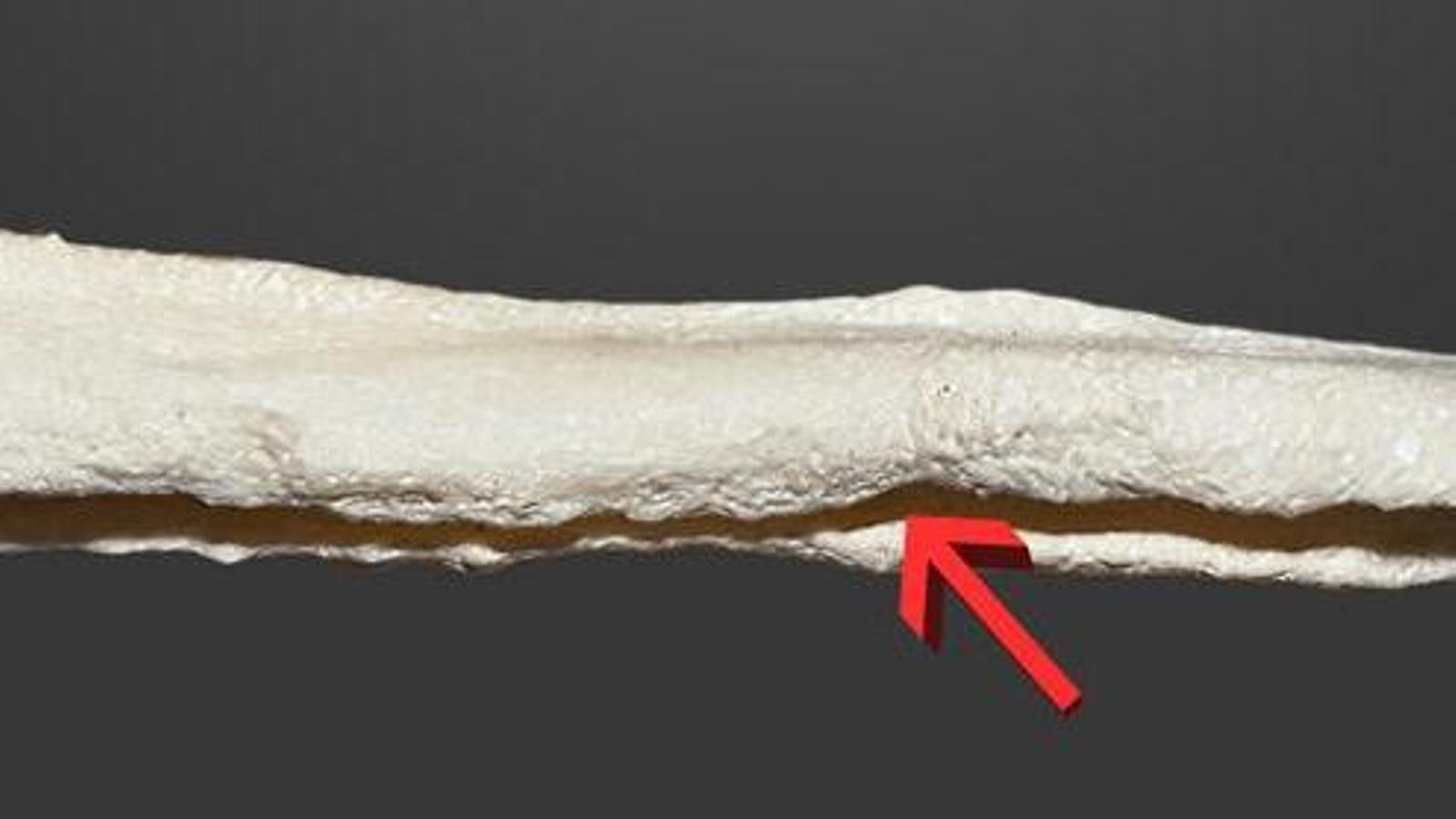The penis bone: the treasure that evolution denied us


The vast majority of mammals have a bone in the penis, called the baculum.. There's no need to go into detail about the advantages of having this bony assistance. But 2 million years ago, humans lost a DNA sequence that coded for the existence of that bone. Why, huh? What was the problem, Mr. Darwin?
Due to this unwanted evolution, the configuration of the human penis is quite unique, and we are one of the very few mammals that doesn't have a baculum. Casum dena!
Let's reflect: this bone, located along the shaft of the penis, allows the male to perform effective penetration at any time and also helps prolong the duration of copulation. You won't tell me it's not practical. Well, evolution has robbed us of this marvel!
A festival of shapes and sizes
The fact is that, within the animal kingdom of mammals, the baculum is a spectacle of diversity:
- At one extreme, we have some species of lemurs in which the baculum is so small that it almost seems like an evolutionary relic that must be observed under a microscope.
- At the other extreme, we find male walruses, which can boast a baculum measuring up to 65 centimeters in length. You read that right. 65 cm!
But where does this variability come from? Believe it or not, this question fascinates scientists. Searching through the literature, I've found more than a hundred studies by supposedly serious researchers concerned with the subject of the baculum.
To name one: Experimental evidence for the evolution of the mammalian baculum by sexual selection, by Leigh W. Simmons, Renée C. Firman published in the magazine Evolution. The study selected different groups of mice and separated them into monogamous and polygamous groups. The monogamous mice had to always mate with the same female, while the polygamous mice had complete sexual freedom.
Now you might say, poor beasts, how we abuse! But compared to other laboratory mice, which are implanted with electrodes in their brains or inoculated with deadly viruses, these mice could be considered downright lucky. Okay, there were some that had to always mate with the same female whether they liked it or not, and on top of that, from time to time, humans in white coats grabbed their penises and took measurements. Nothing serious, mind you!
Result: monogamy shrinks the baculum
The truth is that their collaboration was decisive. After I don't know how many generations, it was seen that the size of the baculum had decreased significantly in monogamous mice. Not having competition caused them to relax and the baculum, consequently, ceased to be important.
This same reason is believed to have caused humans to lose the baculum: damn monogamy... Well, relative monogamy, why fool ourselves?
I imagine the scientists who participated in this study having dinner with friends and when they are asked "what are you working on now?", instead of answering "we are monitoring that some mice always fuck the same mouse and then we take their penis size", which would make them answer for their friends: "We are investigating a new experimental treatment for membranoproliferative glomerulonephritis."
After all, science is not always understood as it deserves!
